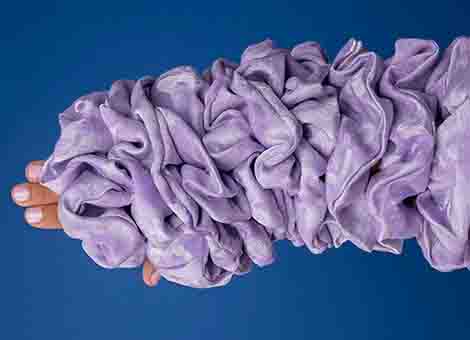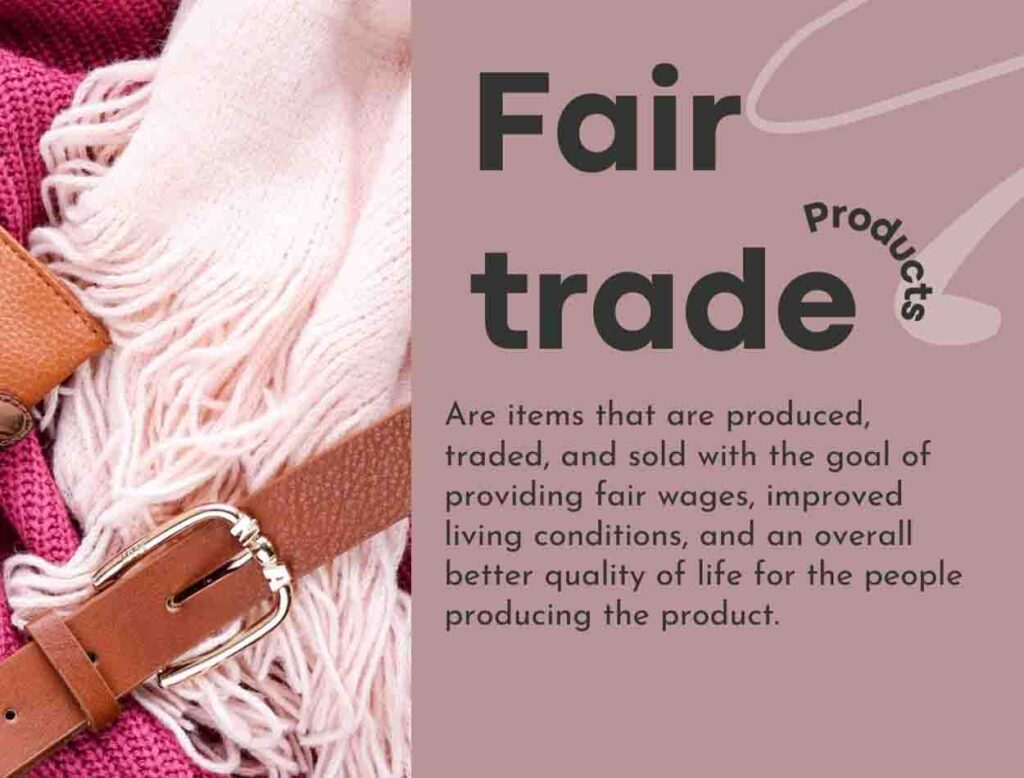
Fair Trade: How Fashion Transforms into a Movement for Change
Let’s begin by delving into fair trade, also known as “ethical trade.”
This movement involves various groups collaborating to support producers while safeguarding the rights of workers and the environment.
You’ll frequently encounter two terms: “fair trade” and “Fairtrade.”
Let’s clarify the distinction.
Fairtrade, on the other hand, pertains to an organization called Fairtrade International. This organization leads a consortium of Fairtrade certification bodies across 18 countries. Each of these bodies certifies products and labels them with the recognizable Fairtrade logo.
As a result, you can confidently know that your purchase not only promotes environmental consciousness but also supports the well-being of workers.
Not too shabby, huh?
“Is fair trade a trend?”
An increasing number of consumers actively seek a distinctive label with a meaningful impact: “Fair Trade.”
Choosing fashion with the “Fair Trade” label signifies that someone, somewhere in the world, has been involved in creating this fashion piece with fairness and dignity.
Consider your preference: Would you opt for fashion that not only appeals to your taste but also reflects ethical production?
This trend is driven by an optimistic wave.
Consumers are embracing the sustainable path offered by fair trade, and manufacturers are aligning with this shift. The future of fashion envisions both environmental consciousness and equity.
Many companies have taken a dedicated step toward sustainability by embracing the fair trade approach, incorporating organic fabrics, and adopting zero-waste methods.
The entire production chain is designed to be environmentally friendly, from initiation to conclusion.
Second hand clothes and accesories
A significant portion of millennials and Generation Z respondents, specifically 42%, are inclined to purchase second-hand items.


Ethical Fashion Market
The ethical fashion market is poised for substantial growth, with an anticipated increase from $7,548.2 billion in 2022 to $16,819.0 billion in 2032, showcasing a Compound Annual Growth Rate (CAGR) of 8.6%.
Increase our influence over a larger portion of the market
The expected increase in the global market share of sustainable clothing is from 3.9% in 2021 to 6.1% in 2026.
Establishing a global-scale sustainable market
By 2023, it’s expected that the sustainable fashion market worldwide will reach a value of $8.25 billion.
Sustainable Brands
75% of millennials are ready to pay more for sustainable brands.
Job opportunities are now available
By 2030, a shift toward a sustainable textile industry has the potential to generate an extra 18 million job opportunities globally.

How can we actively promote fair trαde?
Let’s explore how consumers can actively use their buying influence to make a positive impact on the fashion industry.
-
Educate Yourself: Gain knowledge about fair trade practices in fashion, understand the industry’s challenges, and explore sustainable alternatives. Read articles, attend seminars, join online lectures, and stay informed.
-
Influence Others: Share your newfound knowledge with friends and acquaintances. Display your eco-friendly choices, such as a fair-trade t-shirt, and start conversations about fair compensation. Prompt discussions within your social circle to raise awareness.
-
Support Ethical Businesses: Look for companies that prioritize fair practices in their production. Choose to support businesses that align with your values and contribute to ethical and sustainable practices.
-
Advocate for Change:
Take proactive steps to enhance wages and working conditions in the fashion industry. Initiate contact with well-known brands via social media, email, or direct communication. Champion the elimination of products linked to modern slavery and encourage companies to prioritize ethical standards.
By taking these steps, consumers can actively contribute to fostering positive change within the fashion industry.

